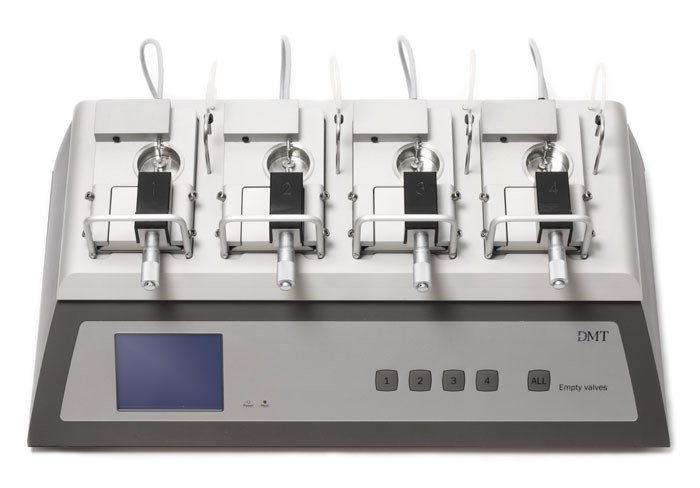Mutual interactions of various vasoactive systems, reactive oxygen species and G-proteins in experimental hypertension
The aim of the current project is to evaluate mutual interactions of particular vasoactive systems at different levels (from isolated vessels to in vivo experiments in conscious animals) and to estimate their contribution to the observed abnormalities in blood pressure (BP) control.
Hypertension (high blood pressure) belongs to the most prevalent causes of death in the developed countries. It is directly connected to stroke and ischemic coronary disease, which ultimately leads to myocardial infarction. Therefore, the study of its causes belongs to the very important research goals and the elucidation of mechanisms of its origin (and development) could contribute to its better therapy.
There are many experimental models of hypertension – starting from models with genetic origin (spontaneously hypertensive rats, Ren-2 transgenic rats), accross salt sensitive form of hypertension (Dahl salt sensitive rats), to the models induced by the stenosis of renal artery (Goldblatt hypertension), which more or less resemble those found in humans. The most important advantage of these models is the relatively short time in which hypertension could be examined (from the time when hypertension develops in young animals, is established – in adult animals, until the aging).
It is evident that renin-angiotensin system (RAS), endothelin (ET) system, sympahtetic nervous system (SNS), nitric oxide (NO), and reactive oxygen species (ROS) are involved in the pathogenesis of hypertension, both experimental and human. Our previous data in conscious animals indicate the importance of sympathetic vasoconstriction for the maintenance of high BP in various forms of experimental hypertension (SHR, Dahl salt sensitive, Ren-2 transgenic rats). In these models of hypertension, the relative attenuation of NO-dependent vasodilation as well as the involvement of augmented ROS production were demonstrated. However, their interactions (RAS-ET-SNS-ROS-NO) have not been still completely understood. Their mutual interaction is important not only in the periphery (vessels), but also in the brain, where special areas sensitive to these stimuli either increase (RAS, ET, ROS) or decrease (NO) sympathetic outflow and thus blood pressure.

Wire myograph (DMT) enables the study of functional parameters of vessels.
